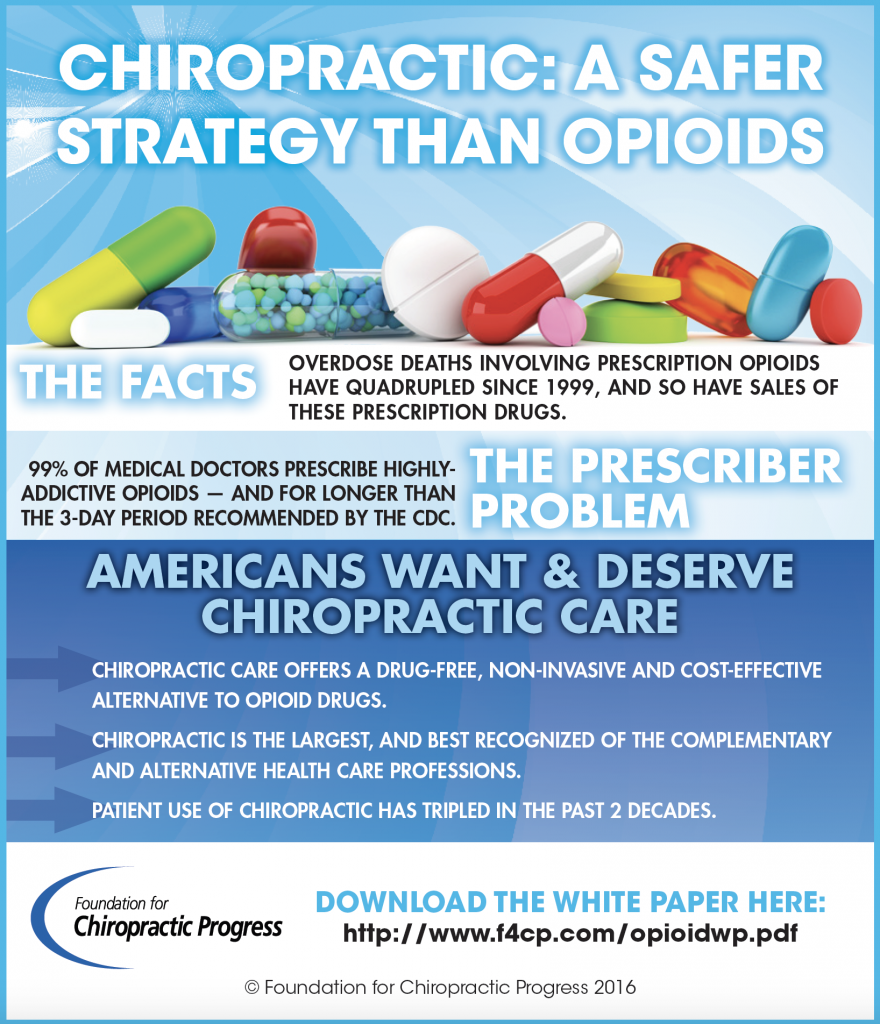Prepare Yourself To Explore The Remarkable World Of Cellular Communications In Cold Laser Treatment And How It Utilizes Light To Facilitate Recovery. Take A Deeper Study The Clinical Facets!
Prepare Yourself To Explore The Remarkable World Of Cellular Communications In Cold Laser Treatment And How It Utilizes Light To Facilitate Recovery. Take A Deeper Study The Clinical Facets!
Blog Article
Post Author-Rosendahl Daley
You may have heard of cold laser treatment as an appealing therapy option for various conditions, however have you ever before questioned exactly how it in fact works with a mobile level? Understanding the mechanisms behind this therapy can clarify its efficiency in advertising healing and lowering inflammation. By exploring the science behind cold laser treatment, you'll gain insights right into the remarkable ways in which light can influence mobile procedures and facilitate tissue fixing.
How Cold Laser Treatment Works
To understand exactly how cold laser treatment works, you need to realize the fundamental principles of how light energy connects with biological cells. Cold laser therapy, likewise called low-level laser treatment (LLLT), utilizes specific wavelengths of light to permeate the skin and target hidden tissues. Unlike the extreme lasers used in surgeries, cold lasers emit reduced degrees of light that don't produce heat or create damage to the cells.
When these mild light waves reach the cells, they're soaked up by components called chromophores, such as cytochrome c oxidase in mitochondria. This absorption causes a collection of biological feedbacks, including enhanced mobile power manufacturing and the release of nitric oxide, which enhances blood circulation and lowers inflammation.
Furthermore, https://abcnews.go.com/Health/laser-therapy-staves-off-pets-arthritis/story?id=12974694 can also boost the production of adenosine triphosphate (ATP), the energy money of cells, assisting in mobile repair and regrowth procedures.
Fundamentally, cold laser therapy harnesses the power of light energy to promote recovery and relieve pain in a non-invasive and mild manner.
Devices of Action
How does cold laser therapy actually work to generate its restorative results on biological tissues?
Cold laser therapy, likewise known as low-level laser therapy (LLLT), runs via a procedure referred to as photobiomodulation. When the cold laser is applied to the skin, the light power passes through the tissues and is absorbed by chromophores within the cells.
These chromophores, such as cytochrome c oxidase in the mitochondria, are after that promoted by the light energy, resulting in a waterfall of biological responses. One key mechanism of action is the improvement of mobile metabolism.
The absorbed light power boosts ATP manufacturing in the mitochondria, which is critical for mobile feature and repair service. Additionally, cold laser therapy aids to reduce swelling by preventing inflammatory mediators and promoting the launch of anti-inflammatory cytokines.
This anti-inflammatory effect contributes to discomfort alleviation and tissue recovery.
Restorative Impacts
Recognizing the therapeutic effects of cold laser treatment includes acknowledging exactly how the enhanced cellular metabolism and anti-inflammatory properties add to its positive end results on organic tissues.
When the cold laser is put on the affected location, it stimulates the mitochondria within the cells, leading to boosted production of adenosine triphosphate (ATP), which is critical for mobile function and fixing. This boost in cellular power speeds up the healing process by promoting cells regeneration and reducing swelling.
In addition, the anti-inflammatory residential or commercial properties of cold laser treatment aid to lower pain and swelling in the targeted location. By preventing inflammatory arbitrators and advertising the launch of anti-inflammatory cytokines, cold laser therapy aids in minimizing discomfort and improving the general recovery response.
This decrease in inflammation not only provides immediate relief yet additionally supports long-lasting tissue repair.
Conclusion
Finally, cold laser therapy works by boosting mobile repair work and cells regeneration via photobiomodulation. Its anti-inflammatory properties supply discomfort relief and reduce swelling by preventing inflammatory arbitrators.
This therapy offers an extensive method to recovery, providing both prompt relief and long-term cells repair work benefits.
Via its mechanisms of activity, cold laser therapy shows to be an effective and appealing treatment choice for a selection of problems.
